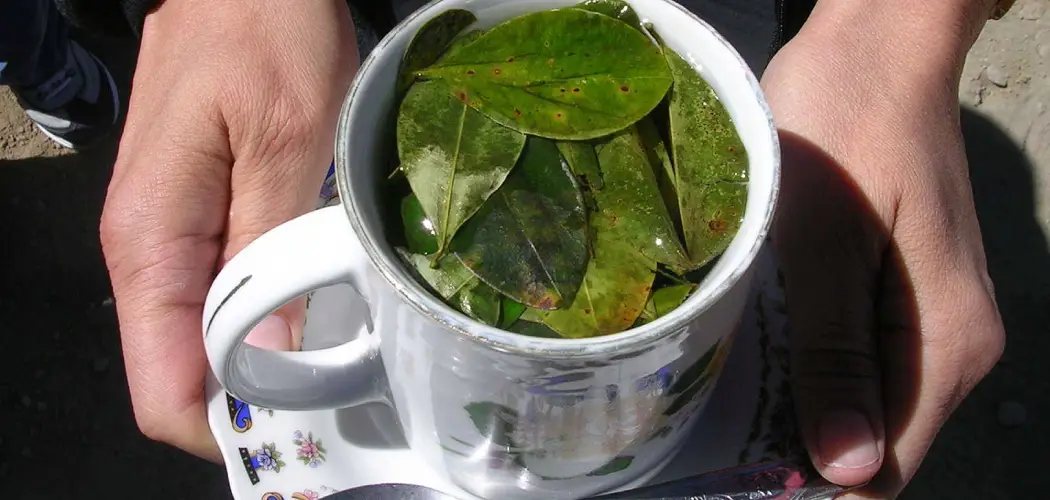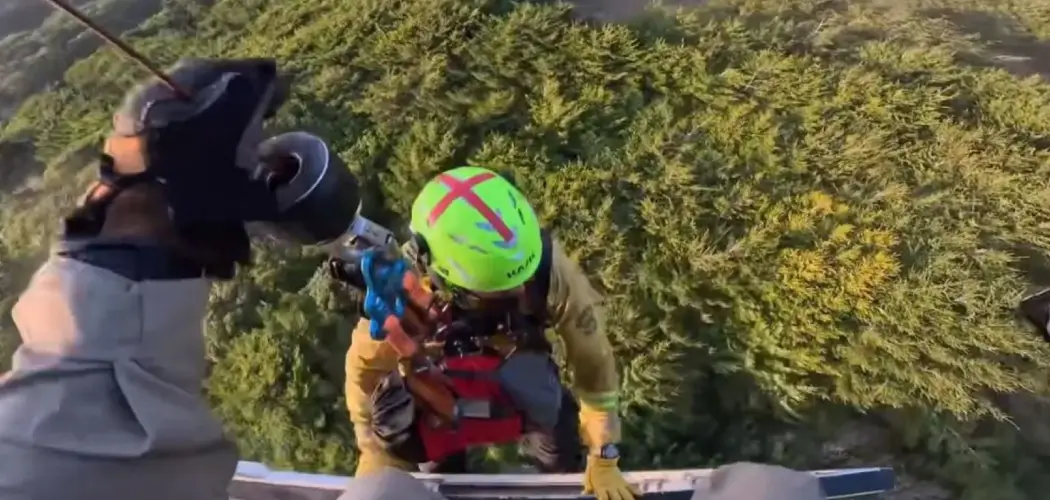Venturing into the majestic path of Salkantay is an unforgettable experience, but it’s vital to be prepared for any eventuality. This brief guide will equip you with essential knowledge on how to handle a medical emergency while Salkantay trekking , ensuring your adventure is safe and enjoyable from start to finish.
What should I do in case of a medical emergency during the Salkantay Trekking?

Facing a medical emergency while trekking Salkantay Trek 4 Days can be daunting, but being prepared will help you manage the situation effectively. Here are the steps to follow if you find yourself in such a scenario:
Initial assessment of the situation
The first step is to assess the condition of the affected person. Check if they are conscious, breathing, and if there is any visible bleeding. Talk to them to better understand their symptoms and possible causes of the problem. Stay calm and make sure both of you are in a safe place away from additional dangers.
Basic First Aid
Breathing and circulation: Ensure the person is breathing and has a pulse. If not, and you are trained in CPR (Cardiopulmonary Resuscitation), begin chest compressions.
Control bleeding: If there are bleeding wounds, apply direct pressure on them with a clean bandage or cloth.
Immobilization of fractures: If you suspect there are fractures, try to immobilize those areas with splints or rigid material, without moving the person too much.
Prevention of hypothermia: Keep the person warm using extra clothing, thermal blankets, or body heat from another person.
Alert emergency services
Always carry a functional communication device with you. Immediately contact the Salkantay trekking medical emergency services clearly explaining the nature of the emergency and your exact location. If possible, send someone from the group to seek help while another member stays with the affected person.
Continued Monitoring
Do not leave the affected person alone at any time. Continuously monitor their vital signs, such as breathing, pulse, and the possible onset of new symptoms. If the person is conscious, try to reassure them and make sure they stay hydrated and warm until help arrives.
How to identify symptoms of altitude sickness during the trek?

The Salkantay Trek 5 Days is an unforgettable experience that takes you through stunning landscapes in Peru, but it also presents a considerable physical challenge, especially due to the altitude. Identifying symptoms of altitude sickness is crucial to ensure your safety and well-being during this adventure. Here’s a detailed guide to recognizing these symptoms and acting accordingly.
Common symptoms of altitude sickness
Altitude sickness, or soroche, can affect anyone, regardless of their physical condition. It is caused by the lack of oxygen at high altitudes and usually starts to be felt above 2,500 meters above sea level. Symptoms vary in intensity and may include:
Headache: This is the most common sign and is often the first to appear. It can be mild or intense and does not go away with common medications.
Nausea and vomiting: Many people feel dizzy and nauseous as an initial response to altitude sickness.
Extreme fatigue: Despite adequate rest, the feeling of tiredness is overwhelming and does not improve with rest.
Difficulty breathing: Even at rest, it may be difficult to breathe deeply.
Heart palpitations: The heart may beat faster to compensate for the lack of oxygen.
Sleep problems: Including insomnia or interrupted sleep.
How to act on these symptoms
If you experience any of these symptoms, it is essential to take immediate action to prevent the problem from worsening. Here are some steps to follow in case of a medical emergency during the Salkantay trek:
Stop ascending: If symptoms appear, do not continue climbing, as this can worsen altitude sickness.
Rest: It is vital to rest and allow the body to acclimatize. If symptoms are mild, a day of rest may be sufficient.
Hydration: Drinking water frequently helps mitigate symptoms.
Descent: If symptoms are severe or do not improve with rest, it is important to descend at least 500 meters.
Medical consultation: In cases of medical emergency during the Salkantay trek, seek assistance from a healthcare professional available in the group or nearby stations.
Proper preparation before undertaking the trek and knowledge of how to handle a medical emergency during the Salkantay trek are essential. Make sure to acclimatize for several days in the area before starting the trek, and consider carrying medication such as acetazolamide, after consulting a doctor, to prevent altitude sickness.
What medications and medical supplies should I take to Salkantay?

Essential Preparation for Medical Emergencies
Before embarking on the adventure of trekking Salkantay Trek 6 Days, it is crucial to be well prepared for any eventuality. This challenging path traverses various climates and altitudes, which can present several health risks. Here is a detailed list of indispensable medications and medical supplies that you should include in your backpack to face a medical emergency during the trek.
Basic Medications
Analgesics and Anti-inflammatories: Paracetamol or Ibuprofen, useful for relieving mild pains such as headaches or muscle pains.
Antidiarrheals: Medications like Loperamide, essential for treating episodes of diarrhea, a common problem due to changes in diet or unpurified water.
Medication for Altitude Sickness: Acetazolamide can prevent or mitigate the symptoms of altitude sickness, which is very useful as Salkantay reaches heights exceeding 4,600 meters above sea level.
Antihistamines: For allergic reactions, which can arise from local flora or insect bites.
Stomach Medications: Include antacids and anti-nausea medications to combat indigestion or dizziness.
Essential Medical Supplies
First Aid Kit: Should include bandages, sterilized gauze, adhesive tape, scissors, tweezers, thermometer, disposable gloves, and saline solution for cleaning wounds.
Sunscreen and Lip Balm: Important to protect the skin and lips against burns, as altitude intensifies solar radiation.
Insect Repellent: Preferably one containing DEET, to avoid mosquito bites that can transmit diseases.
Water Purifier or Purification Tablets: Essential to ensure that drinking water is safe and to prevent gastrointestinal diseases.
Thermal Blanket: Can be vital in case of hypothermia, given the cold that can be experienced at high altitudes.
Specific Care for Medical Emergencies during the Salkantay Trek
In the event of facing a medical emergency during the Salkantay trek, it is advisable to always carry travel insurance that covers emergency evacuation, given the remote location of the route and the difficulty of access for rescue teams. Additionally, it is always advisable to travel accompanied by an experienced guide who knows the area and the relevant safety measures.
How can the weather affect my health during the Salkantay trek?

Key Climate Impacts on Your Health
Embarking on the Salkantay trek exposes adventurers to a dynamic and often extreme environment, where the weather not only changes drastically from one day to another but also from one hour to another. Understanding how these variations can influence your health is crucial to avoiding a medical emergency during the Salkantay trek.
Temperature Variations
Hypothermia: During the trek, especially at higher altitudes near the Salkantay pass (4,630 meters), temperatures can drop sharply, often below freezing. Hypothermia occurs when the body temperature drops below 35°C (95°F) and can be deadly if not treated promptly. Wearing appropriate clothing and a thermal blanket can be vital.
Heatstroke and Sunstroke: Contrary to what many might expect, heatstroke also poses a significant risk, particularly during the lower stretches of the route where temperatures can be quite high and the sun relentless. It is crucial to stay hydrated constantly and use a hat and sunscreen.
Precipitation and Humidity
Landslides and Floods: Heavy rains can cause landslides and even river flooding, which not only complicates the route but also increases the risk of injuries. Having an alternative route plan and being informed about weather conditions can reduce the risk.
Respiratory Illnesses: Humidity and cold are a combination that can severely affect your airways, especially if you are not accustomed to cold and humid weather. Carrying medications to treat common cold and flu symptoms is advisable.
Solar Exposure and Altitude
UV Radiation: At high altitudes, the atmosphere filters fewer UV rays, increasing the risk of severe sunburns and, with prolonged exposure, the risk of skin cancer. Using high spectrum sunscreen is essential.
Altitude Sickness: This is an inherent risk of increasing altitude. The decrease in oxygen can cause altitude sickness, characterized by symptoms such as headaches, nausea, and fatigue. Medications such as acetazolamide can help mitigate these effects, but gradual acclimatization is the best prevention.
What is the protocol for emergency evacuation in Salkantay?

When trekking along the Salkantay route, adequate preparation for emergency situations is crucial.
Identification of the Emergency
The first step in a medical emergency during the Salkantay trek is to recognize the severity of the situation. Symptoms that require immediate attention include, but are not limited to, difficulty breathing, severe pain, bleeding that does not stop, symptoms of hypothermia, or any signs of severe altitude sickness such as cerebral or pulmonary edema.
Communication and Alert
Once the emergency is identified, it is essential to communicate it properly. Each group should have a functional means of communication, preferably a satellite phone or a radio, as cellular coverage is limited in the mountains. The group leader should immediately contact emergency services providing specific details about the group’s location, the nature of the emergency, and the number of affected people.
Basic First Aid
While waiting for help, basic first aid should be applied. This includes administering CPR if necessary, controlling bleeding through compression, keeping the patient warm and in a safe position, and monitoring their vital signs. It is essential that at least one person in the group has first aid training and can effectively handle medical emergency situations during the Salkantay trek.
Evacuation
Evacuation should begin as soon as it is deemed necessary and safe. If the affected person can move on their own, they should be assisted and constantly monitored. In more severe cases, where the patient cannot move, evacuation should be carried out with a stretcher or with the support of a helicopter, if weather conditions and terrain allow.
CONTACT US:
We are a Travel Agency specialized in package tours, if you need any information, please do not hesitate to contact us.



















